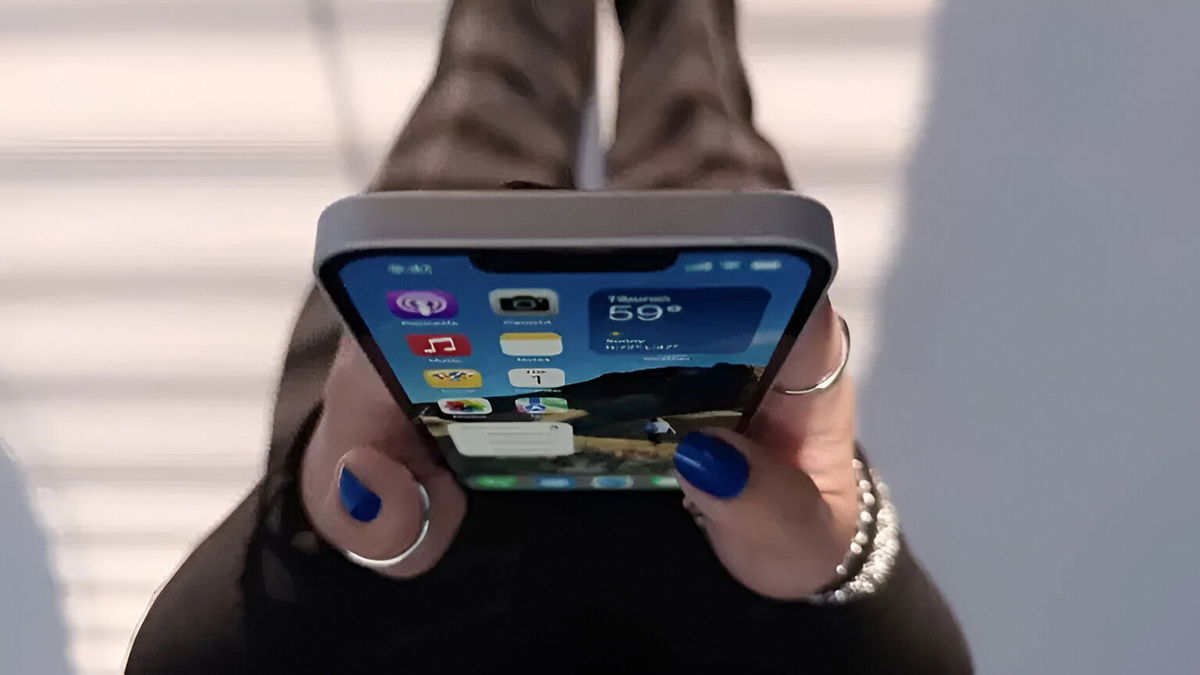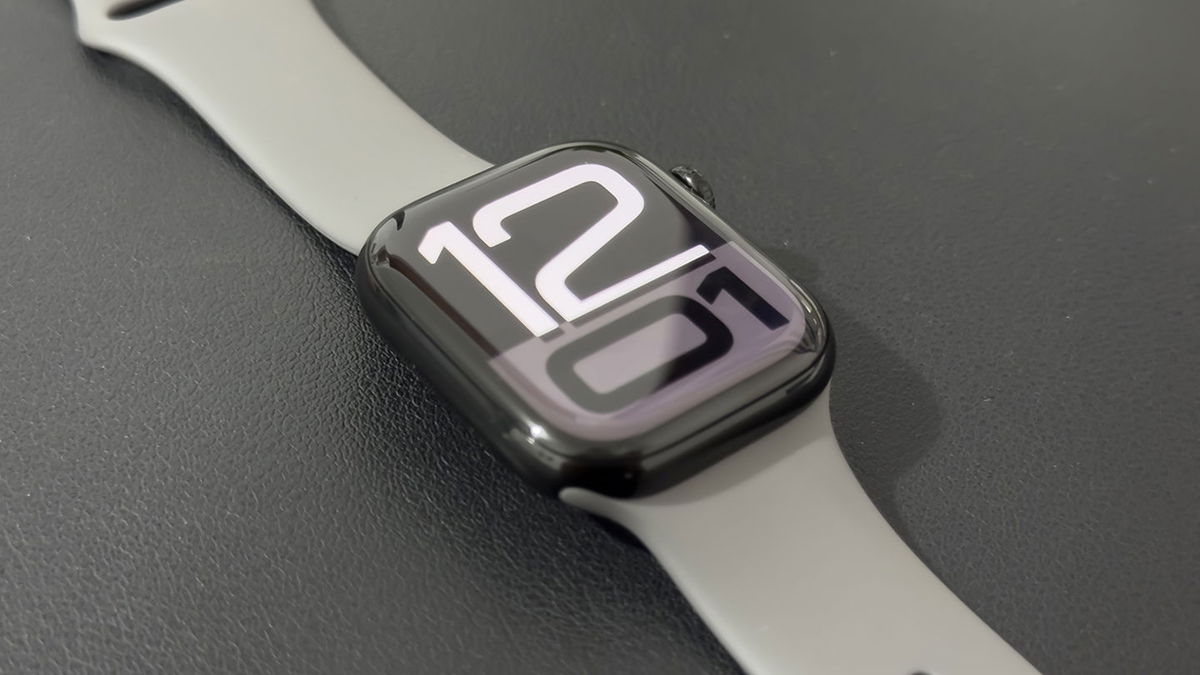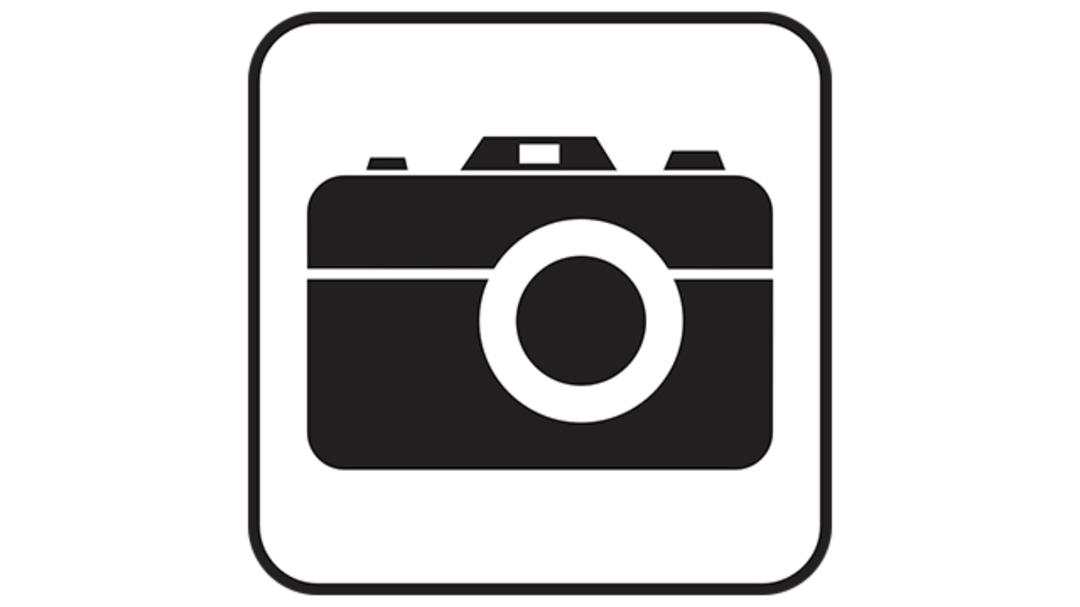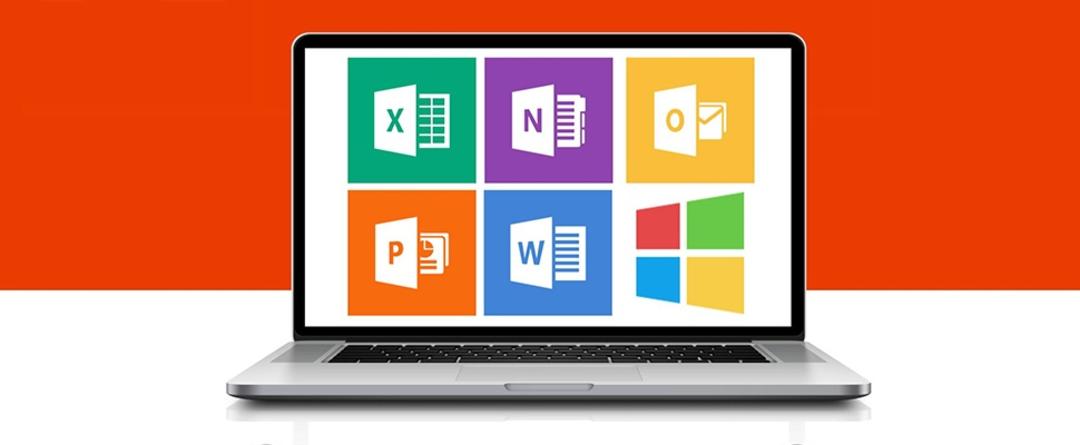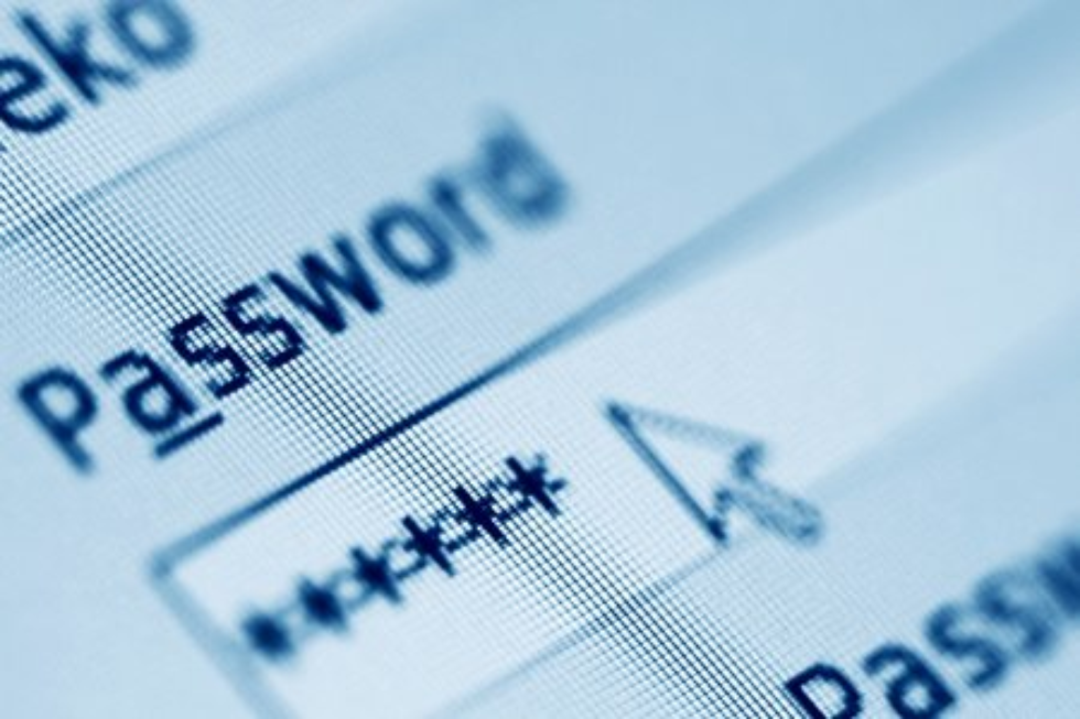The number of photos on your computer is increasing every week. Have you noticed that finding the right snapshot or desired video takes more and more effort? The free program digiKam helps you edit photos and also has lots of editing options to give your photos more looks.
Many of them have photos spread over various folders. Sometimes they are arranged by year, sometimes by person or situation. And if you have a photo folder called Allerei on your computer then it’s time to read this post with shame on your cheeks.
Before things get really messy, get yourself in order with a good photo management program. There are quite a few photo managers out there that require you to pull the credit card, but digiKam is free. And we’re not talking about an entry-level version that you can upgrade to a more advanced version later, but it’s truly free.
DigiKam is open source and regularly updated. With this program, you can manage huge libraries, even photo banks of more than 100,000 images. The program is available in Dutch and has a version for Windows, macOS and Linux.
Also read: How to remove duplicate photos automatically
To upload
On the home page of www.digikam.org you choose the installer for your system. Then you choose a server from the card to download the software. By the way, there is a fast server in the Netherlands. In this case, we install digiKam 7.6 64 bit. In the setup wizard, you quickly click a few screens to accept the terms.
When the installation is complete, open the program. You will notice that digiKam has adopted your system language (Dutch).

configure
After that, the assistant will help you configure the application. You can always change the configuration later in the program via the menu. Settings. First you specify where you want to save the images. The program will change the folder pictures to introduce. The software creates three databases: one for collections, one for compressed thumbnails, and one for facial recognition information. Feel free to stick with the suggested genre: SQLit.
In the next step, you can specify whether the program is allowed to add information to the metadata of the photos. You then decide how the images are displayed in preview mode. Choose the one you want to see the fastest running, minified version.
Next, you have to choose how the images open when you left-click on the thumbnail. there is a choice between Open preview – it’s our choice – or open in editor. Finally, the assistant asks if you want to see speech bubbles when you hover over an item. This is the best for you too.

Put photos in albums
When you first open the program, obviously there are no images in the library yet. on the menu import You have already noticed the versatility of digiKam. Of course, you’ll find options to add images from specific folders here, but you can download photos directly from Google Photos or copy them from a USB storage device or memory card. It is even possible to address the browser directly.
When you select a source, the software asks which digiKam album you want to place the images in. You get a summary of existing albums and you can create a new album. You give the album a name, you specify which category this album belongs to (various, nature, party, travel, etc.). Then choose a date for the new album.
Then you specify which folders and files you want to download. When you hover over a thumbnail, you can specify whether you want to select or deselect that file in the upper left corner of the thumbnail. You can also download anything. If you want to work more selectively, it is possible to download only raw files, only jpg/tiff files, or only video files.

Thumbnails and Examples
Imported albums retain their original folder structure. For example, if you import the Photos folder, you will find all the subfolders in the left column next to the albums. When you click on a folder in the left column, the content center appears in the workspace.
Under each thumbnail, you can read the file formats of the image files. in some states ARW, then we know these are raw files. For example, in the videos it says MP4. Indeed, you can also manage videos with this program. Read the photos below JPG, PNG or TIF. When you click on a thumbnail, it is possible to assign a star rating from one to five. You can also rotate the photo.
If you double-click a thumbnail, you will enter preview mode and the rest of the thumbnails in this album will appear in a ribbon above the photo. You can navigate through the pictures using the arrows.

Map, table, slide show
We go to the top toolbar. click filedigiKam shows a map showing where all the photos of the selected album were taken. Photos should then include location information. At the bottom left of the map is a button with a globe. This allows you to switch between different card types. Here you can also specify that you want to see only thumbnails or numbers showing the number of photos for this location on the map.
Most of the time you will have photos that do not contain location information. Don’t worry, you can add this information later with digiKam. Choose thumbnails of photos taken in the same place. You can select multiple photos at once by holding down the Ctrl key. Then go to the menu Editing Items / Geolocation.
You will then see the list of selected photos and a map. Use the tab on the right side of this pane To search and you write the name of the location there. The locator will pin the map and add this information to the metadata of the selected photos.
Via the toolbar, you can also view the contents of an album as follows: Table to see. You’ll then see the date and time the photos and videos were taken. With the button next to it, the digiKam is a slideshow from the album. With the arrow pointing down, you decide to play all images in the folder or just a specific selection or a subfolder.
The last button is used to view the selected photo full screen.
Fly: Order the Smartphone Photo Course Bundle to take even better photos from now on!

labeling
You will see various tabs in the left bar. The top tab takes you to the albums. Below that is the Tags tab, which opens the tab manager. labels It is indispensable if you want to quickly find specific images in a large photo library. Tags in the photo collection work the same as hashtags on the web. Thanks to tags, you’ll find all images with the same keywords for locations, people’s names, and events.
Right-clicking on a thumbnail takes you to the assignment Assign tag. It’s faster to select a series of files while holding down the Ctrl key, so you can tag them all at once. You can select a previously used tag or add a new tag. It is also possible to use a tag hierarchy such as Citytrips/Paris/Eiffeltoren.
You can make labels recognizable with icons to make them even more visually clear. You can also bind a keyboard shortcut to frequently used tags.

labels
The terms tags and tags are often used interchangeably. They mean different things on digiKam. Tags are identifiers that facilitate searches. Tags are stars, flags, or colors that indicate categories. by tab labels Clicking five stars will bring up all the best photos to which you have assigned the maximum number of stars.
DigiKam has, for example, four different markings that indicate whether a photo has been processed or accepted. On the Tags tab, you can see which photos have been given a particular flag, color, or star rating.
Dates and timeline
A tab that often works History. The years you recorded photos and videos appear here. You can click Open in months each year to view media files chronologically. And at the bottom you can even choose a day from a calendar.
tab under this tab Timeline, where you can see how many photos you took in unit time (year, month, week, day). on the tab Call Type the tags or time you want to search the photo bank. You can also save any search query for later use.

Hotkeys
Hotkeys allow you to work with this program even more smoothly. You can set all these shortcuts yourself in the settings though.
t: Open the Tags tab
Ctrl+select drag: face recognition
Ctrl+D: find duplicates
Ctrl+Shift+D: set the time and date
Ctrl+0 … Ctrl+5: add star rating
Alt+0 … Alt+3: change flag color
Ctrl+Alt+0 … Ctrl+Alt+9: insert color label
Alt+Shift+T: edit image title
Ctrl+Shift+G: edit location
Ctrl+Shift+M: edit metadata
Alt+Shift+C: edit comment
Face recognition
AI algorithms for automatic face tagging also work in digiKam. You should help face recognition a bit by naming a few people yourself first. The more you help with this face recognition, the more efficient it becomes.
If you hold down the Ctrl key and drag a selection box around a face, digiKam will prompt you to enter a name. in mode you can Sample also use the baby icon: Add face tag. If there are several people in a photo and you have already tagged some people, you can use the button next to it: Show face tags.

Source: Computer Totaal


